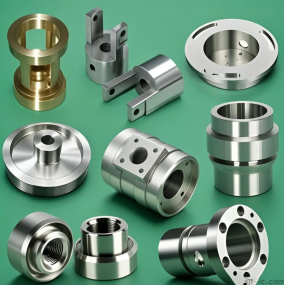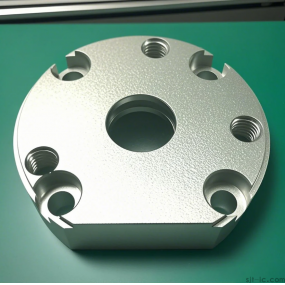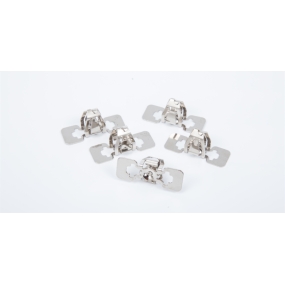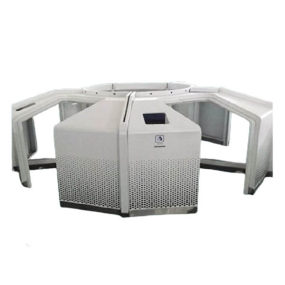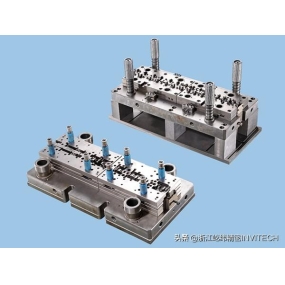What are the technical requirements for Sheet Metal Processing of stainless steel chassis? Today, let's learn about chassis and cabinet sheet metal processing together with the editor.
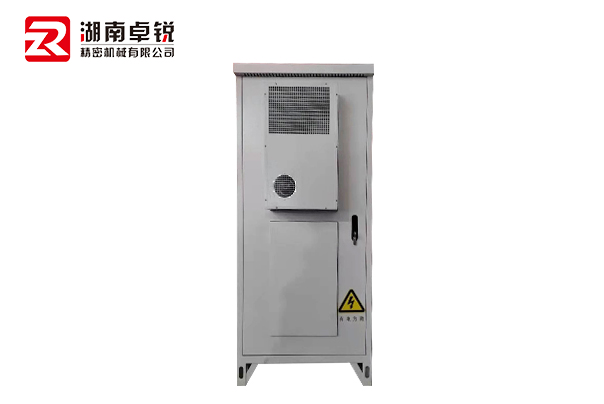
The technical requirements for sheet metal processing of stainless steel chassis mainly include material selection, processing accuracy, surface quality, structural design, heat dissipation performance, and protective performance.
1. Material selection: Sheet metal chassis usually use high-quality metal materials such as stainless steel, aluminum alloy, etc. to ensure that they have good mechanical properties and corrosion resistance. These materials should meet the requirements of relevant national and industry standards to ensure their quality and reliability.
2. Processing accuracy: During the processing, strict control should be exercised over dimensional tolerances and geometric tolerances to ensure that all components of the sheet metal chassis can fit accurately and avoid problems caused by excessive or insufficient tolerances.
3. Surface quality: The surface of the sheet metal chassis should be smooth, flawless, and free of obvious scratches, dents, and other defects to ensure its aesthetic appearance and service life.
4. Structural design: The sheet metal chassis should have good structural strength and rigidity, and be able to withstand certain external forces without deformation or damage.
5. Heat dissipation performance: Reasonable heat dissipation design can ensure the normal operation of electronic components inside the sheet metal chassis, avoiding performance degradation or damage caused by overheating.
6. Protective performance: Sheet metal chassis should have good sealing, dust and water resistance to protect internal electronic components from external environmental damage. In addition, factors such as electromagnetic compatibility should also be considered to ensure that the sheet metal chassis does not interfere with the surrounding environment during use.
When it comes to the processing of stainless steel chassis, the following points should also be noted:
Key points for stainless steel cutting: Due to the high strength of stainless steel, it causes significant tool wear and a high rate of defective products, and generally does not require CNC punching. In conventional processing and production, laser CNC cutting machines and plasma CNC cutting machines are generally used, and the thickness range of the processed plate generally does not exceed 3.0mm. When stainless steel is laser cut, nitrogen gas can be used to obtain edges without oxidation and burrs. The appearance requirements are high, and the surface of the parts can be covered with a special laser film to avoid surface scratches. Stainless steel laser cutting has fast cutting speed, smooth and even incision, and generally does not require subsequent deburring.
Key points of stainless steel bending: Stainless steel has poorer thermal conductivity and lower elongation than ordinary low-carbon steel, resulting in greater required deformation force; Compared with carbon steel and aluminum alloy, it has a strong tendency to rebound during bending. When bending, the bending angle of the workpiece should be greater than the bending angle of the carbon steel part.
In summary, the technical requirements for sheet metal processing of stainless steel chassis cover multiple aspects such as material selection, processing accuracy, surface quality, structural design, heat dissipation performance, and protective performance. At the same time, attention should be paid to the special processing points of stainless steel materials to ensure that the processed chassis meets technical requirements and has good usability.


 Spanish
Spanish Arabic
Arabic French
French Portuguese
Portuguese Belarusian
Belarusian Japanese
Japanese Russian
Russian Malay
Malay Icelandic
Icelandic Bulgarian
Bulgarian Azerbaijani
Azerbaijani Estonian
Estonian Irish
Irish Polish
Polish Persian
Persian Boolean
Boolean Danish
Danish German
German Filipino
Filipino Finnish
Finnish Korean
Korean Dutch
Dutch Galician
Galician Catalan
Catalan Czech
Czech Croatian
Croatian Latin
Latin Latvian
Latvian Romanian
Romanian Maltese
Maltese Macedonian
Macedonian Norwegian
Norwegian Swedish
Swedish Serbian
Serbian Slovak
Slovak Slovenian
Slovenian Swahili
Swahili Thai
Thai Turkish
Turkish Welsh
Welsh Urdu
Urdu Ukrainian
Ukrainian Greek
Greek Hungarian
Hungarian Italian
Italian Yiddish
Yiddish Indonesian
Indonesian Vietnamese
Vietnamese Haitian Creole
Haitian Creole Spanish Basque
Spanish Basque



